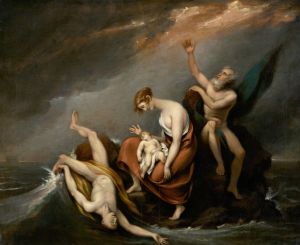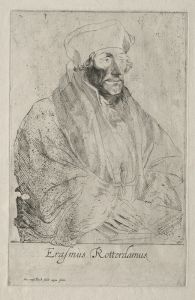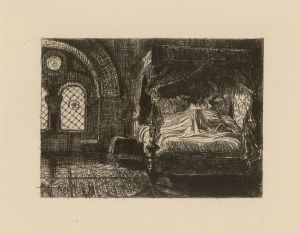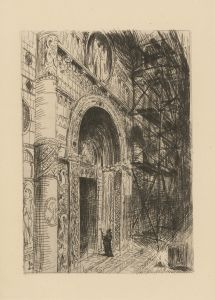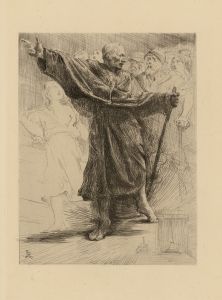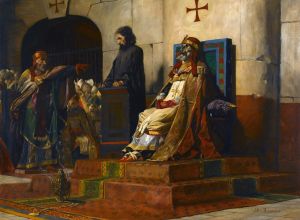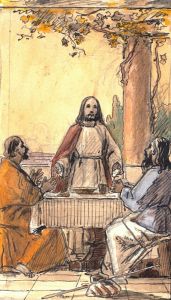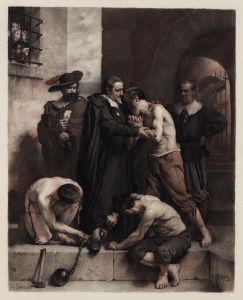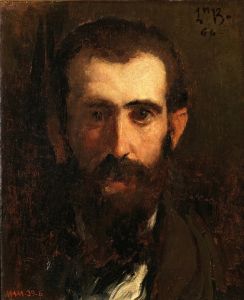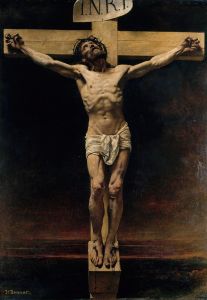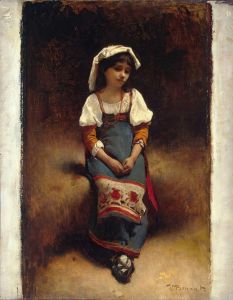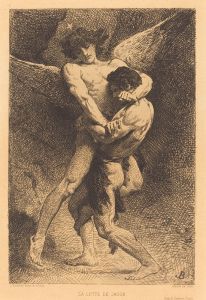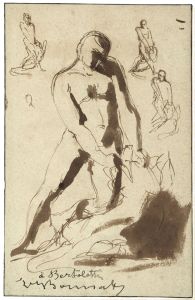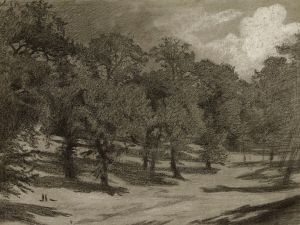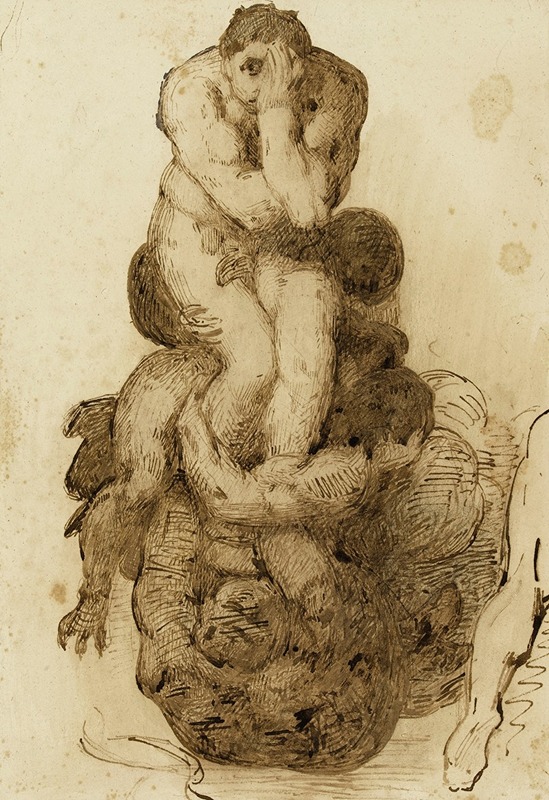
Etude d’un damné du Jugement Dernier de la Chapelle Sixtine à Rome, par Michel-Ange
A hand-painted replica of Léon Bonnat’s masterpiece Etude d’un damné du Jugement Dernier de la Chapelle Sixtine à Rome, par Michel-Ange, meticulously crafted by professional artists to capture the true essence of the original. Each piece is created with museum-quality canvas and rare mineral pigments, carefully painted by experienced artists with delicate brushstrokes and rich, layered colors to perfectly recreate the texture of the original artwork. Unlike machine-printed reproductions, this hand-painted version brings the painting to life, infused with the artist’s emotions and skill in every stroke. Whether for personal collection or home decoration, it instantly elevates the artistic atmosphere of any space.
Léon Bonnat's "Etude d’un damné du Jugement Dernier de la Chapelle Sixtine à Rome, par Michel-Ange" is a study drawing that reflects the artist's deep engagement with the works of Michelangelo, particularly the iconic fresco of the Last Judgment in the Sistine Chapel. Léon Bonnat, a prominent French painter of the 19th century, was known for his portraits and historical scenes, and he often drew inspiration from the masters of the Renaissance.
The Sistine Chapel's Last Judgment, painted by Michelangelo between 1536 and 1541, is one of the most celebrated works of art in Western history. It covers the altar wall of the chapel and depicts the second coming of Christ and the final judgment of souls. Michelangelo's work is renowned for its dramatic composition, intricate detail, and the powerful emotional expressions of its figures.
Bonnat's study focuses on one of the damned souls from this monumental fresco. His drawing captures the anguish and despair that Michelangelo so vividly portrayed. Bonnat's attention to anatomical detail and emotional intensity reflects his admiration for Michelangelo's mastery and his own skill as a draughtsman. This study would have been part of Bonnat's broader educational practice, as artists of his time often copied works of the great masters to hone their skills and understand the techniques employed by these artists.
Léon Bonnat was born in 1833 in Bayonne, France, and he became one of the leading figures in the French art scene during his lifetime. He studied in Madrid and Rome, where he was exposed to the works of the old masters, which significantly influenced his style. Bonnat's time in Rome would have provided him with the opportunity to study Michelangelo's work firsthand, allowing him to create such detailed studies.
Bonnat's works are characterized by their realism and attention to detail, qualities that are evident in his study of the damned soul. His ability to convey emotion through precise anatomical rendering is a testament to his skill and dedication as an artist. This study not only reflects Bonnat's technical prowess but also his deep appreciation for the emotional and spiritual depth of Michelangelo's work.
Throughout his career, Bonnat received numerous accolades and held prestigious positions, including a professorship at the École des Beaux-Arts in Paris. His influence extended to many students who later became notable artists in their own right. Bonnat's legacy is marked by his contributions to portraiture and his role in the academic art world of the 19th century.
In summary, Léon Bonnat's "Etude d’un damné du Jugement Dernier de la Chapelle Sixtine à Rome, par Michel-Ange" is a testament to his admiration for Michelangelo and his own artistic skill. This study serves as a bridge between the Renaissance and the 19th century, highlighting the enduring impact of Michelangelo's work on artists across generations.





